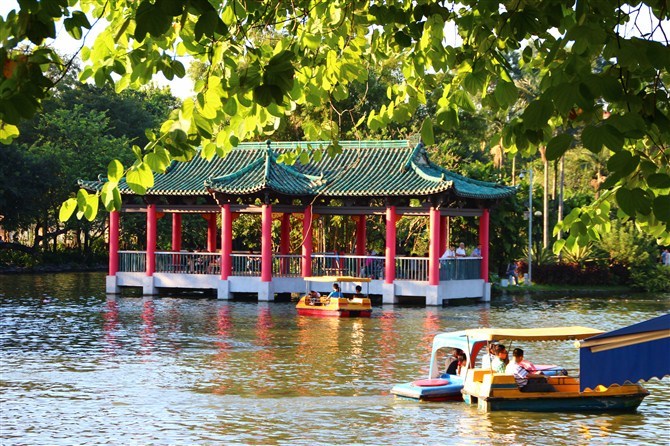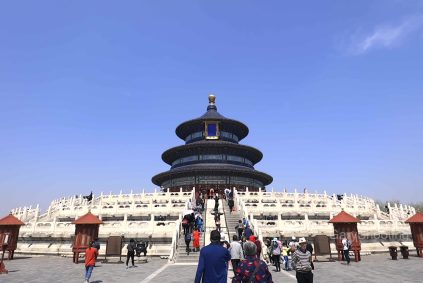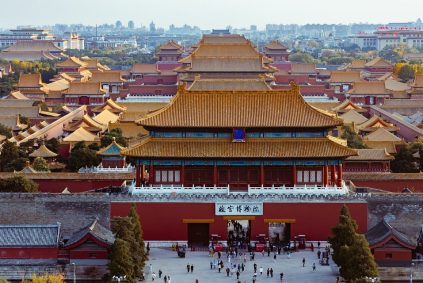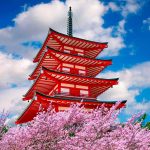作為嶺南文化的地標, 廣州越秀公園的歷史遺跡承載著廣州2200年建城史的深刻記憶. 以下為公園核心歷史文物深度剖析:
第一的, 五羊石像 – 城市起源的文明圖騰
文化符號: 木殼山上矗立著五羊石像, 常設 11 米高. 仿楚文化風格塑造五羊抱穗神話, 與歷史形成呼應 “古楚亭” 清代石牌坊.
象徵意義: 作為替代名稱的起源符號 “陽城” 和 “Suicheng” 廣州方向, 石像基座上刻著的傳說,記錄了嶺南先民開埠開荒的集體記憶.
第二, Zhenhai Tower – 嶺南第一塔時空坐標
建築形式: 鎮海樓, 始建於明洪武十三年 (1380), 具有五層四坡屋頂結構,與陰陽和五行原理和諧一致. 紅牆綠瓦,與嶺南氣候生態契合.
功能進化: 作為明代廣州海防哨所的瞭望塔, 其功能從軍事防禦轉變為城市地標. 現有匾額刻有 “Zhenhai Cenlou” 清代兩廣總督撰.
展覽價值: 大樓內的廣州博物館收藏了 2,000 從新石器時代到近代的文物. 他們之中, 南越國的木簡和南海寺的銅鼓為研究海上絲綢之路提供了證據.
第三, 明代古城牆 – 城市演變的活標本
現有規模: 越秀公園保存的長1100米的明代城牆,是用 “金包銀” 砌石技術, 外層紅砂岩與內層夯土形成力學平衡.
防禦系統: 城牆與四個砲台形成立體防禦. 堡壘’ 遺址中尚存有清朝同治年間鑄造的鐵槍, 膛線技術同時領先於歐洲火砲.
修復技術: 城牆保護工程啟動於 2019 採用傳統糯米臼工藝. 修復後, 城垛, 馬面等建築充分展現了古代城防智慧.
第四, 孫中山紀念碑 – 民主革命的精神豐碑
建築特色: 花崗岩方尖碑, 高度為 37 米, 按比例遵循黃金比例. 碑身浮雕描繪了武昌起義、護憲運動等歷史場景.
銘文的價值: 先生. 孫中山手寫四個大字 “天地之義”, 碑文為胡漢民所書, 系統闡述人民三項原則思想體系.
光與影的敘事: 碑體在不同時間形成獨特的光影效果. 進而, 碑頂的投影與鎮海樓形成歷史軸線, 和在日落時, 它傾斜到刻有文字的石頭上 “永恆的正義”.
第五, Haiyuan Pavilion and Sifang Fort – 現代歷史的三維見證
海員們’ 亭: 建有六角形尖亭 1933, 鑲嵌著一塊石碑 “罷工簡述” 裡面. 再現了工人拒絕簽字的場景 “縮進的縮進” 粵港大罷工期間的浮雕藝術.
四面電池: 現有電池底座採用 “別針” 形狀佈局. 出土的康格里夫火箭碎片證明它參與了鴉片戰爭的防禦系統.
歷史對話: 兩處遺址已通過AR技術還原. 遊客可掃碼觀看虛擬突擊隊與英軍對峙的歷史場景.
第六, 當代文化傳承實踐
非物質文化遺產的振興: 這 “東門城樓粵劇盛宴之夜” 每週六舉行,粵劇與粵茶相結合. 在 2025, 春節元宵節20米高粵劇鳳冠燈創非物質文化遺產展示新紀錄.
考古新發現: 配合地鐵建設進行的考古發掘, 公園西側發現南越時期排水系統. 出土的陶製水管上刻有 “Fanyu” 郵票, 提供廣州建城歷史的證據.
智能導遊: 遊客可以戴上AR眼鏡掃描遺址,獲取3D模型. 這 “數字孿生” 明代城牆修復技術已向公眾開放體驗.
















